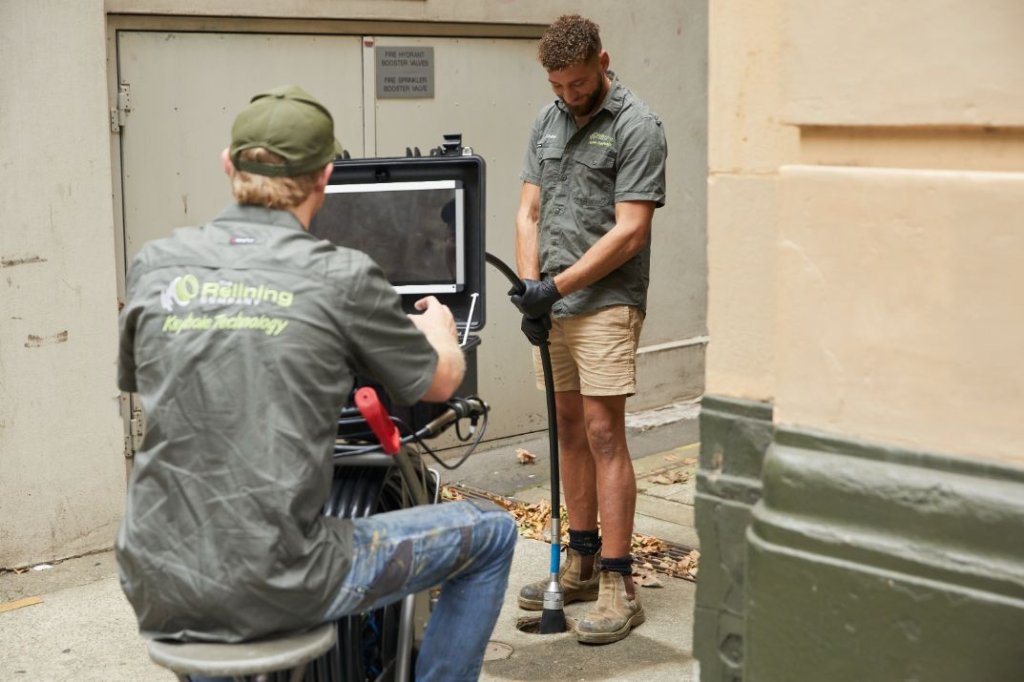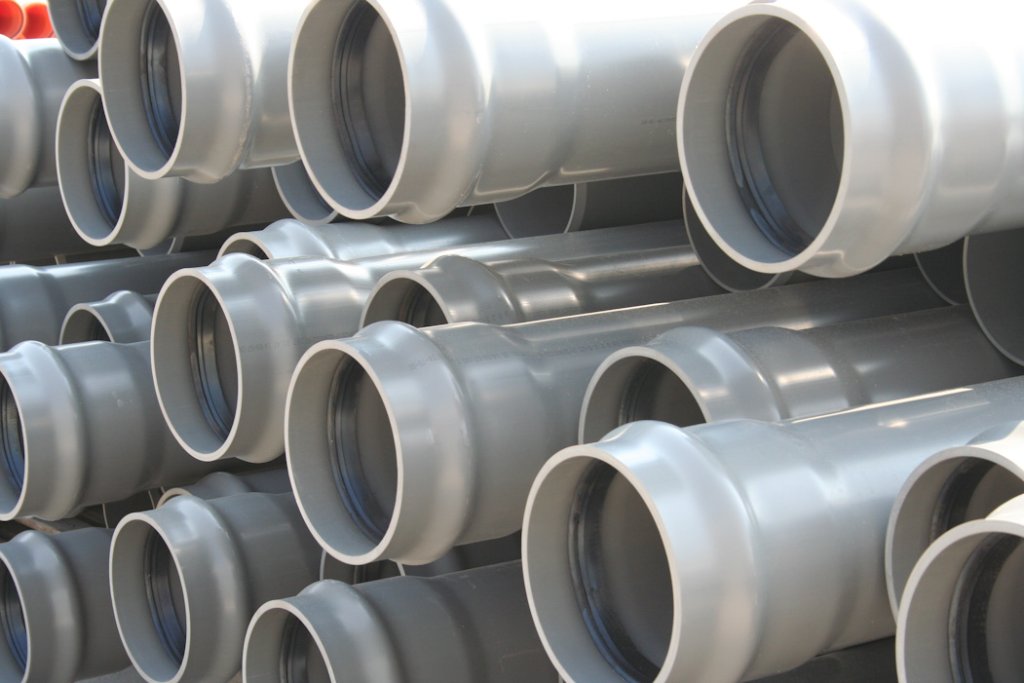The plumbing in our homes is one of those things we use every day without thinking about it. However, when you start to suspect that your pipes are leaking, suddenly, it’s all you can think about. Water damage can wreak havoc if not taken care of in due time, so it’s important to identify the problem and sort out the best solution quickly when you suspect you might have a broken pipe.
The obvious complication with pipes is they tend not to be easily visible. When the pipes are under concrete, fixing them may seem near impossible. Luckily, you’re not the first person to have this issue, and there are few pipe repair methods for this problem. This blog is all about the best ways to fix a pipe under concrete, so keep reading to find out more.
Otherwise, use the following links to jump directly to the section you’re most interested in:
Signs of a broken pipe under your concrete slab

Before we look into ways to repair your broken drain pipe, let’s discuss some tell-tale signs that you might have a broken pipe under your concrete.
Outdoor signs of broken pipes
While concrete can be frustratingly good at hiding water leakage, there are some warning signs to look out for, such as:
- Wet spots or pools of water
- Cracks appearing in concrete
- A foul, damp odour. Even more concerning if you smell sewage.
- Dampness, especially if it hasn’t been raining.
- Mould, moss, or mildew
- An unexplained rise in the water bill (especially if you notice some of the other listed symptoms)
- Unusual humidity inside, even when you open the window.
Indoor signs of broken pipes
Damaged pipes can show symptoms in various places indoor, so be sure to take note of any oddities with your plumbing. If you notice any of the following anywhere in your home or business, you may be having problems with your pipes:
- Overflowing drains
- Toilets and/or sinks not draining smoothly
- Strange noises or smells coming from your piping
- Cracks in the house
- Any unexplained dampness or mould
- Damage to flooring materials, such as damp or spoiling carpets or warping floorboards
What to do if you think your underground pipes are damaged

If you suspect you may have a leaking pipe, it’s something you should have looked at by a pipe relining professional. Unfortunately, many of us are very good at ignoring warning signs and hoping everything will sort itself out. This is a huge gamble, and it’s actually best to address the warning signs of pipe damage as you spot them.
Frequent water leakage can eventually cause structural damage to the foundation of your building, which, as you may have guessed, is an expensive problem to fix.
Like many problems, the sooner you address the leaking pipe under your concrete, the more damage you can prevent and the less money you’ll spend fixing your pipe problems. So, with that in mind, let’s take a look at some of your options.
Option #1 – Repair underground concrete pipes with pipe relining

Pipe relining is an innovative method of pipe repair in which a specialist places an environmentally friendly textile liner within the existing pipe to repair any cracks or damage.
A simplified way to think of it is a new pipe is placed within your existing damaged pipe. It is a permanent solution for your damaged pipe, and that uses keyhole technology to ensure the entire process can be done without any digging.
What to expect from this repair solution
Pipe inspection
The first step is identifying what exactly the problem with your pipes is. Then, using a specialised camera, your contractor will look at your piping, figure out the problem, and confirm whether a pipe relining is the right solution.
Pipe cleaning and prep
Before the textile liner can be inserted, the pipes must be cleared of debris and rubbish. A high-pressure water jet blaster will have those pipes clear in no time.
For PVC pipes, a high-speed sanding panel is used to remove the glossy shine off the internal surface. This creates a more suitable texture for the liner to seal to the pipe permanently.
Insertion of a textile liner
We then insert the specialty, environmentally friendly Brawoliner textile liner into the faulty pipe using water or air pressure. This liner is covered in a thick resin pressed against the pipe wall.
Final inspection
Pipes aren’t something to look at yourself, so a reputable contractor will provide footage of your newly repaired pipes. Then, your pipes will be ready to use immediately.
After your pipes are relined
It’s a common misconception that pipe relining is a temporary fix for damaged pipes. However, fixing cracked, leaking, or damaged pipes with pipe relining is a permanent and reliable solution.
Option #2 – Repair underground pipes with pipe replacement

When a house is built on a concrete slab, the outer edges can be up to 600mm thick, whereas the rest of the slab is usually around 100-150mm.
This provides a strong foundation for your house and keeps it structurally sound through various weather conditions. However, due to the way homes are built, sewer lines and drainage pipes usually need to be laid before the concrete slab.
What to expect from this repair solution
As you’ve probably already realised, you’ll need to get through that thick layer of concrete to replace the pipes. This is a timely and costly procedure even without factoring the cost to pour new concrete. If you disturb the foundation of your house, it’s always a roll of the dice, as it can have unpredictable results.
Excavation is costly, causes damage and can take days, if not weeks, to complete. Luckily, there are other options you can investigate before going all in on a pipe replacement.
Times when pipe replacement is essential
There are times when a pipe is severally damaged or completely collapsed when you won’t have a choice but to replace the pipe. However, in the majority of cases, there are other options. In addition, the earlier you fix your pipes, the less likely you’ll need to take drastic measures to fix them.
While a complete pipe replacement could fix your leaking pipe, it is an extreme and expensive solution for most damaged pipes. Along with the excavation, pipes under concrete slabs provide an extra hurdle toward the process. You risk damaging various parts of your home’s decor, such as tiling, which only adds to the expense.
When it comes to pipe-relining, the benefits speak for themselves. With no costly, time-consuming digging and a long lifespan, a pipe relining is the best long-term solution for fixing broken pipes.
If you’re experiencing a problem with a pipe under concrete, contact us today. We provide free site inspections and obligation-free quotes so you can feel confident and relaxed with our no dig, no mess pipe relining solutions. With over 20 years of industry experience saving thousands of homes across Greater Sydney, we are here to help.
Back to Top